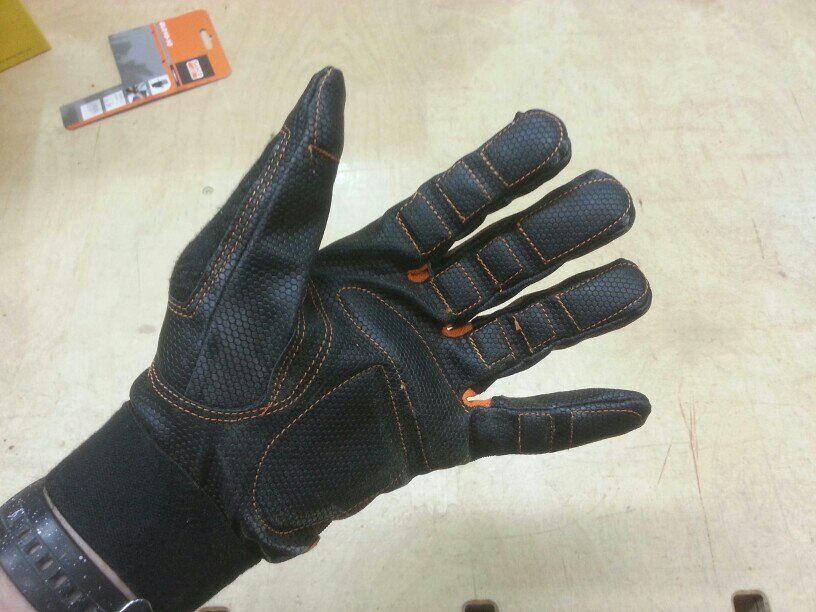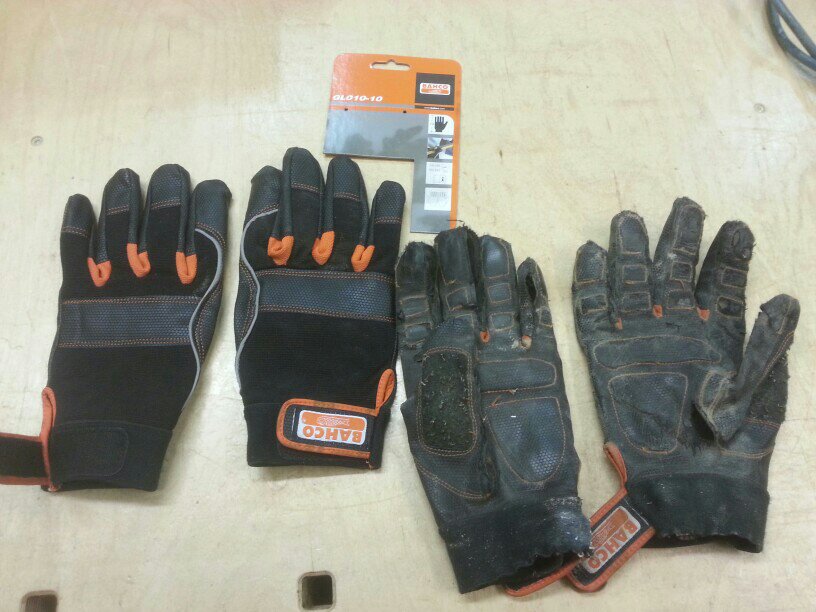Benchwayze
Established Member
Hi folks,
The question is in the title.
What I need (hopefully shop-made) is something that will grip the wood safely, when it passes under the guard, is easy to transfer grip for the last foot or so of board, but will allow the wood to 'fly' in the event of kick-back. (because I never stand directly behind the machine of course.)
I considered using pieces of routing grip-mat, glued to a wooden float, something like a pair of asphalt spreader's or plasterer's floats. Would it work?
Any thoughts?
TIA
The question is in the title.
What I need (hopefully shop-made) is something that will grip the wood safely, when it passes under the guard, is easy to transfer grip for the last foot or so of board, but will allow the wood to 'fly' in the event of kick-back. (because I never stand directly behind the machine of course.)
I considered using pieces of routing grip-mat, glued to a wooden float, something like a pair of asphalt spreader's or plasterer's floats. Would it work?
Any thoughts?
TIA



































